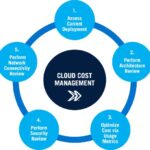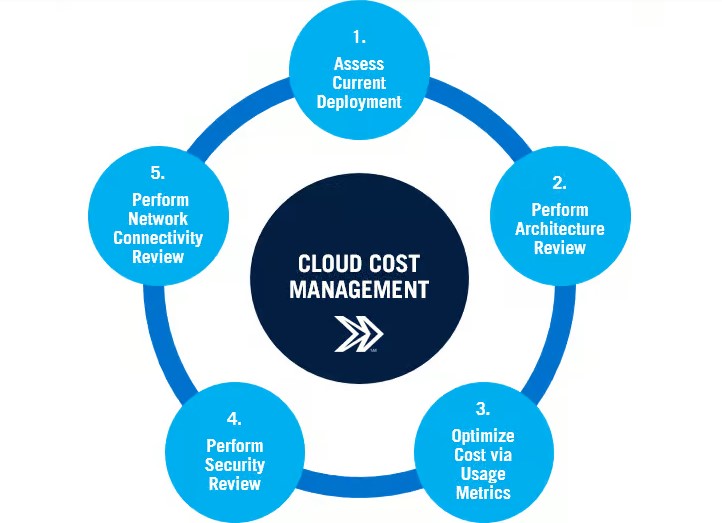Introduction
In the world of data integration and ETL (Extract, Transform, and Load) processes, IBM Datastage has earned its reputation as a robust and versatile tool. However, to harness the full power of My Datastage Notes, it’s crucial to understand and master its various components. In this article, we are going jump into one such critical aspect – the Setup Record. We are going explore what it is, why it’s basic, and how to form the foremost of it in your Datastage ventures.
Understanding the Configuration File
What is a Configuration File?
Before we dive into the nitty-gritty subtle elements, let’s set up what a setup record is. Within the setting of IBM Datastage, a configuration record could be a plain content report that stores different settings and parameters related to Datastage employments and ventures. It acts as a bridge between the Datastage environment and the outside frameworks and assets it interatomic with.
Types of Configuration Files
There are primarily two types of configuration files in Datastage:
1. Project Configuration File
The Project Configuration File is at the project level. It stores settings that are applicable to the entire project. These settings include database connections, environment variables, and project-specific parameters.
2. Job Configuration File
On the other hand, the Job Configuration File is specific to individual Datastage jobs. It contains job-specific information, such as file paths, job dependencies, and runtime configurations.
The Significance of Configuration Files
Now that we have a basic understanding of what configuration files are, let’s explore why they are so crucial in the realm of Datastage.
1. Centralized Management
Configuration files provide a centralized location to manage and maintain various settings. This makes it easier to update configurations across multiple jobs and projects without making individual changes.
2. Reusability
By creating a configuration record, you’ll be able to reuse the same settings in numerous occupations. This not as it were spares time but moreover guarantees consistency and reduces the chances of blunders.
3. Environment Portability
Configuration files make it possible to migrate Datastage projects between different environments, such as development, testing, and production, seamlessly. This portability ensures that your jobs function correctly regardless of the environment.
Creating and Editing Configuration Files
Now, let’s get practical and see how you can create and edit configuration files in Datastage.
Creating a Configuration File
Navigate to the “Setups” tab.
Right-click and select “Modern Arrangement Record.”
Give it a name and specify its type (Project or Job).
Start adding parameters and their values.
Editing a Configuration File
Locate the setup record you need to alter within the “Arrangements” tab.
Double-click on it to open the editor.
Make the essential changes to the parameters and values.
Save the file.
Best Practices
To make the most of your configuration files, consider these best practices:
1. Use Descriptive Names
Give your configuration files and parameters meaningful names that reflect their purpose. This makes it easier for you and your team to understand their roles.
2. Version Control
Implement version control for your configuration files. This ensures that you can track changes and roll back to previous configurations if needed.
3. Document Changes
Whenever you make changes to a configuration file, document the changes and the reasons behind them. This documentation is invaluable for troubleshooting and auditing.
Conclusion
In the world of IBM Datastage, mastering the Configuration File is a crucial step towards efficient and error-free data integration. These files serve as the backbone of your projects, allowing you to manage settings, ensure reusability, and maintain portability across environments. By following best practices and understanding the significance of configuration files, you’ll be better equipped to handle the intricacies of My Datastage Notes.










